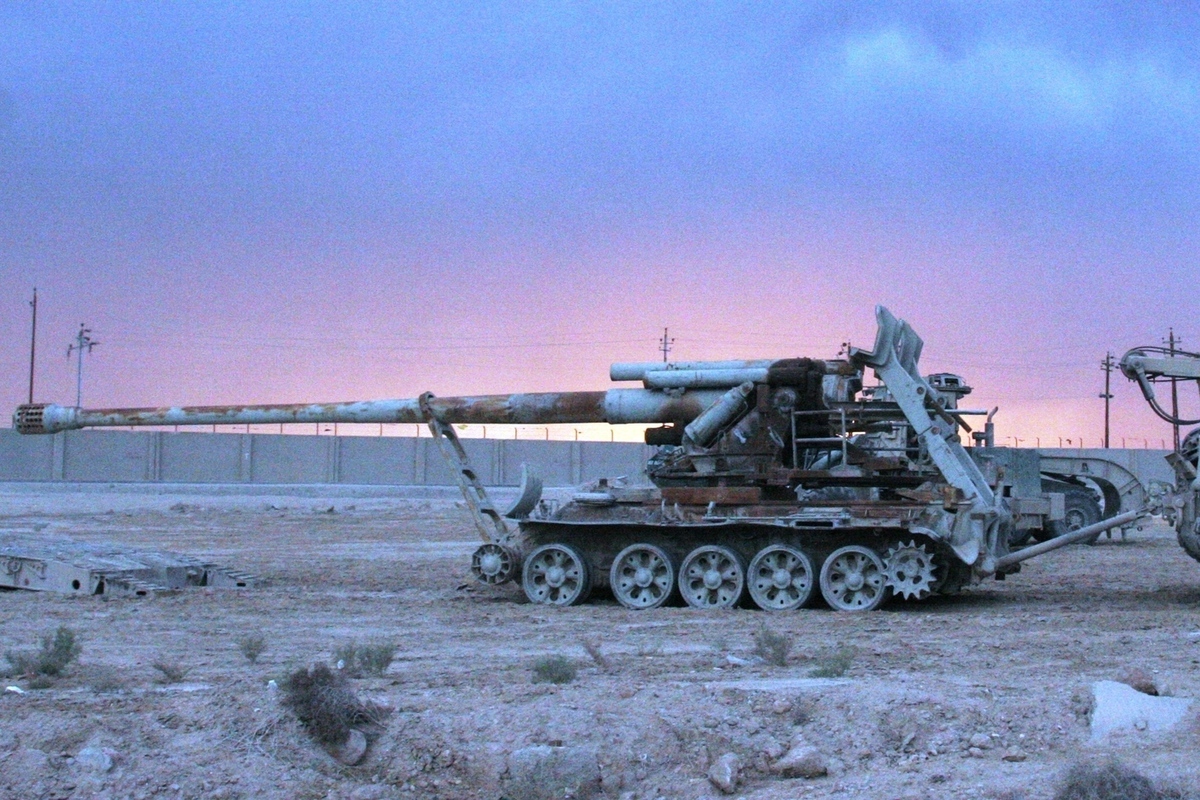[ad_1]

“Military Informed”: In the zone they noticed powerful Korean self -found guns
In the internet, the images of North Korean self -driven artillery installations appeared M1989 Cockon. According to the Telegram Channel “Military Information”, the photos were taken in the zone of special operation.
According to the source, these artillery systems were found in a section of the front. Their feature is not only made in North Korea, but also a rare caliber – 170 mm. When the Russian army receives data from the SAU, it is not mentioned, and these photos are not known. Official departments have not yet made statements about this.
It is worth remembering that a contract was signed over a comprehensive strategic partnership last summer between Russia and DPRK. This document covers contacts in various fields – economics and science first technology and quiet atom.
In 2024, Kim Jong -Yun described the agreement as “the most powerful” in the history of inter -two state relations. He stressed that the deal was aimed at protecting the interests of the two states and defending. Vladimir Putin noted that the contract for mutual assistance is contracting in the event of an attack on Russia or North Korea.
According to the enemy reports, North Korea has an additional 120 self -launched artillery installation to the M1989 Cocson 170mm caliber. These items will be completed by dozens of self -stored guns already on the railway trains that pass through Russia’s territory.
Therefore, if this data is confirmed, the size of the North Korean long distance cannon systems will be greater than the number of Beion and Malka in the line of 203-mm installations. This will create an opportunity to complete new artillery sections with modern equipment.
However, the rare talent of these self -found guns is the main problem. Their ammunition differs from standard Russian bombs, which depend on the Russian army to provide DPRK ammunition. But, as they say, you don’t have to choose here.
M.K. It is caused by many factors. Currently, the Russian cannon segments in the zone continue to use the weapons created in the Soviet era, mainly in the 1970-1980s.
After the fall of the Soviet Union, the reserves of artillery weapons are very extensive, and the military leadership abandoned the large number of new models. Investments in the development of new systems have been implemented, which has led to the gradual decline of the industry. One of the remarkable examples of this course is the Alliance-SV. Despite the active advertising and demonstration in military parade, it has never been started in full -scale continuous production.
As a result, the Russian army in the fighting zone is forced to rely on artillery such as the “follicle”, which is up to a maximum of 40 km, while its production stopped in 1989. As for standard calips, Russian troops mainly use 152 mm bombs. At the same time, NATO countries have long been 155 mm.
Unlike Russia, the situation in North Korea grew according to a completely different situation. For decades, DPRK officials have been preparing for an armed conflict supporting South Korea and US troops. As part of this strategy, both barrels and reaction types were actively developed and introduced in the country. Their main task is not only to threaten Seoul, but also covers the entire region of South Korea, including US military bases located there. As a result of such efforts, actually strong weapons were created.
The 1978 Cocson of North Korea’s 170-mm self-operated cannon installations have an impressive range of up to 60 km using active-reactive shells. However, this indicator is far from the range of capabilities of artillery systems created in DPRK.
[ad_2]
Source link













